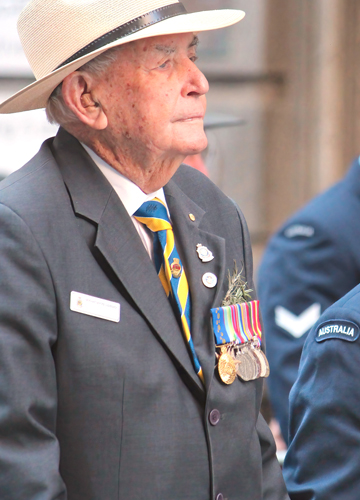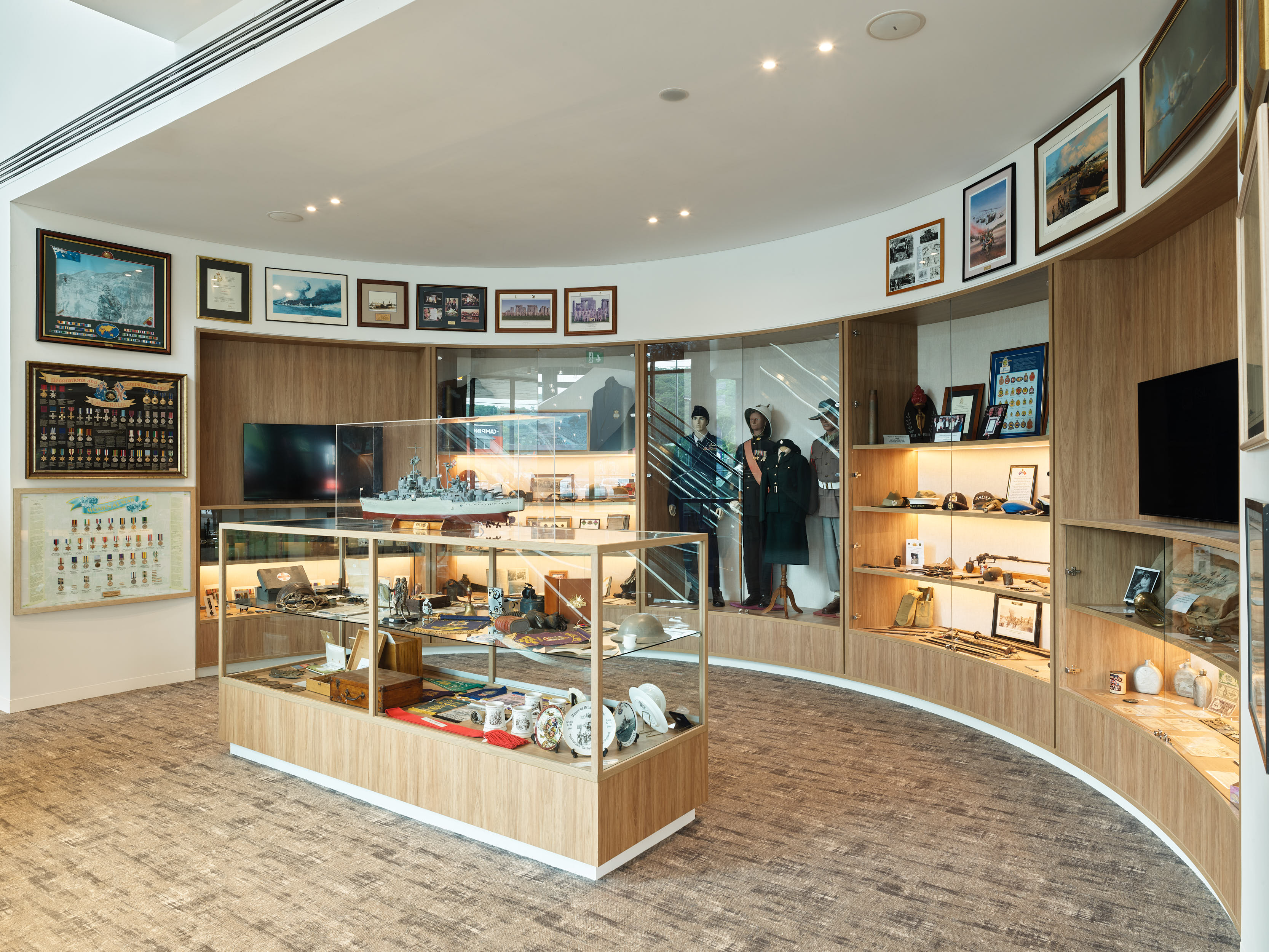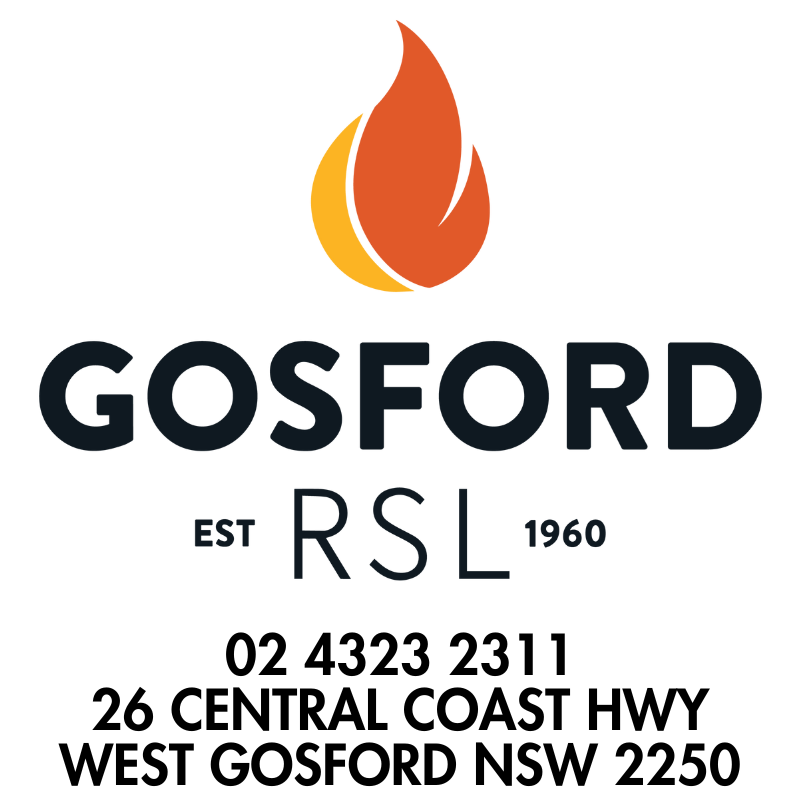


ANZAC DAY
APRIL 25
ANZAC Day, held on Friday, 25th April 2025, is a time for Australians to come together in remembrance, honouring those who have served
and sacrificed for our country. Across cities, towns, and wherever servicepeople and peacekeepers are stationed, we pause to reflect on
their bravery, resilience, and the freedoms they helped shape.
Gosford RSL Sub Branch are organising two services at Memorial Park, Gosford—a Dawn Service and a Main March and Service—
providing an opportunity for the community to pay their respects.
Bookings for our courtesy coach are essential. Please visit club reception or call 4323 2311 to book.
Breakfast is available for attendees of the Dawn Service from 6:15am to 7:30am. Breakfast tickets are available for a gold coin
donation, on arrival at Gosford RSL Club.
Following tradition, we will be hosting Two-Up, a game deeply tied to the Anzac spirit.
The origins of Two-Up date back to the early days of Australia, but it became legendary during World War I. Soldiers played it in the trenches and on the front lines, using whatever coins they had to bring a sense of camaraderie and relief in difficult times. Over the years, it became a way to honour their memory, bringing people together every Anzac Day to reflect, share stories, and keep the spirit of those who served alive.
Two-Up at Gosford RSL is a reminder of the resilience, humour, and mateship that define the Anzac spirit.
ANZAC Day is more than a day of commemoration; it is a moment to acknowledge not only those who served in the past but also those
who continue to serve today. Their stories of courage and dedication inspire generations, reminding us of the strength found in
unity and the importance of preserving their legacy.
Lest we forget.
ANZAC Day, held on Friday, 25th April 2025, is a time for Australians to come together in remembrance, honouring those who have served and sacrificed
for our country.
Gosford RSL Sub Branch are organising two services at Memorial Park, Gosford—a Dawn Service and a Main March and Service providing an opportunity for the community to pay their respects.
Bookings for our courtesy coach are essential. Please visit club reception or call 4323 2311 to book.
Following tradition, we will be hosting Two-Up, a game deeply tied to the Anzac spirit.
ANZAC Day is more than a day of commemoration; it is a moment to acknowledge not only those who served in the past but also those who continue to serve today.
Lest we forget.


GOSFORD RSL SUB BRANCH
Advocating for benefits, treatment and the welfare of current and ex-serving members of the Australian Defence Force since 1924. Veterans and their families can connect with their ADF community by contacting or joining their local RSL Sub-Branch to access the services and support that they need together with camaraderie, mateship, and recreational activities.
Gosford RSL Sub-Branch coordinates commemorations, such as ANZAC Day and Remembrance Day, and welcomes new members and volunteers to assist with coordinating events to remember our veterans’ service and sacrifice for our country.
Located on the ground floor is the Museum, an initiative of the Gosford RSL Sub branch. It commemorates the servicemen from the region and their contributions to Australia, spanning from the Boer War(s) to more recent conflicts.
Since 1924, RSL Sub-Branches have supported the welfare, treatment, and connection of current and ex-serving ADF members and their families. Gosford RSL Sub-Branch continues this legacy, offering access to services, support, and a strong sense of community through camaraderie, mateship, and social activities.
The Sub-Branch also coordinates commemorative events such as ANZAC Day and Remembrance Day and welcomes new members and volunteers to help honour the service and sacrifice of our veterans.
Located on the ground floor, the Gosford RSL Sub-Branch Museum pays tribute to local servicemen and their contributions from the Boer Wars to today’s operations.

© Copyright 2026. Gosford RSL Club. All rights reserved.
HELP IS CLOSE AT HAND GAMBLEAWARE 1800 858 858 GAMBLEAWARE.NSW.GOV.AU
GOSFORD RSL CLUB SUPPORTS THE RESPONSIBLE SERVICE OF ALCOHOL
